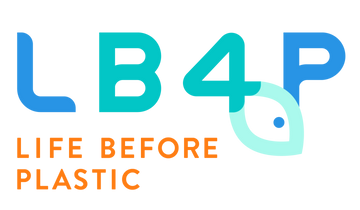An Introduction to Greenwashing and How to Identify It
Greenwashing is the act of businesses using marketing tactics to seem more sustainable or eco-friendly than they actually are.

As consumers, we are relentlessly bombarded with campaigns from businesses that have taken a new eco-friendly approach or are focusing their efforts on becoming carbon-neutral in an attempt to combat climate change. Nearly every label we read has some sort of certification or pledge to being “all-natural” or “made from recycled plastic” and we want to support companies that are making a difference.
But what if in our honourable desire to support green businesses, we have been completely fooled through greenwashing campaigns from these brands? Their marketing and advertising initiatives make us believe that they are helping the environment when really their actions do more harm than they admit.
Greenwashing has been used by companies for decades but recently has become more apparent as consumers place greater value on supporting businesses with sustainable practices.
What is an example of greenwashing?
One example of fast fashion greenwashing is the popular brand Primark. Have you seen their recent campaign to teach ecologically friendly farming practices to farmers in India, Pakistan, and China? It seems like a great initiative, but it is actually a carefully crafted scheme to make their consumers believe that Primark cares about the environment and their harvest workers while they continue to use conventionally produced cotton (which is really bad for our bodies and the environment!)
According to The Pesticide Action Network, non-organic cotton accounts for 16% of global pesticide use and 6% chemical fertilisers. Why would Primark label their clothes with “Sustainable Cotton” and spend huge amounts of money on teaching farmers sustainable practices, all while spraying their cotton with pesticides?
I don’t know about you, but that doesn’t sit well with me as a consumer. I want to reward businesses that truly make a difference by supporting their brand.

Then how do we identify and combat greenwashing?
Fighting this deception encourages us to become even more intentional consumers.
- Do not get fooled by green labels with photos of nature, plants, or trees. Look for labels that certify green practices like carbon neutrality, fair trade, and rainforest alliance. There is useful list of common labels used in the UK on the eco label index.
- Do your research. Go through items in your home with eco-friendly labelling and do a quick search for their sustainability initiatives to see if they are true to their advertising. If they aren’t, look for an alternative brand the next time you shop for that item.
Conclusion
By utilising greenwashing, companies using this dishonest marketing strategy are challenging our values as consumers. Will we continue to support businesses that lie to gain our favour? Or will we use our hard-earned money to uplift the companies that are truly attempting to change the world? I choose the latter.
Have you discovered any companies recently using greenwashing tactics? Share with us in the comments below!

